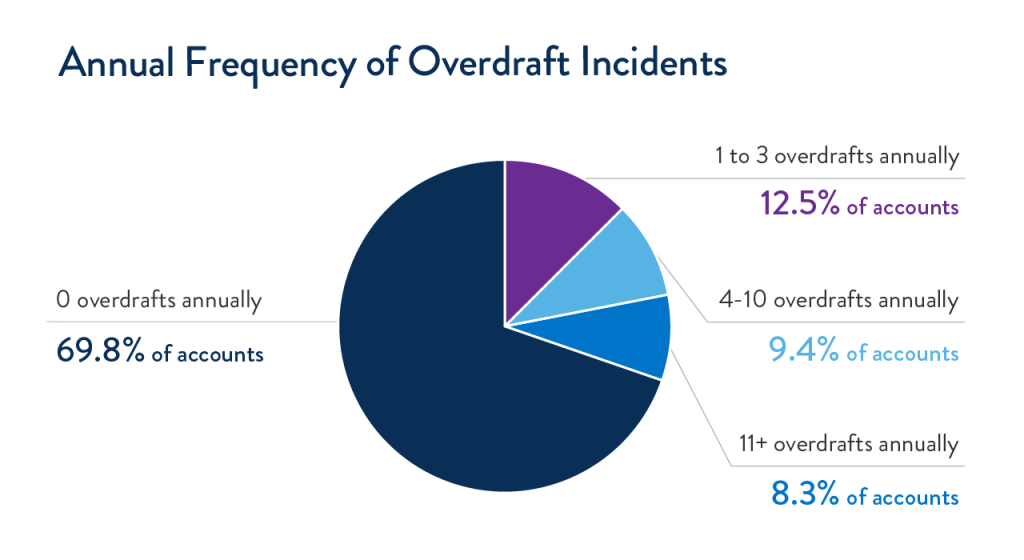Research Paper
Reexamining Overdraft Programs: A Guide for Financial Institutions
Reforming overdraft can help institutions improve customer finhealth, acquire new customers, and boost loyalty.

Reexamining Overdraft Programs: A Guide for Financial Institutions
Explore the trends. Discover new insights. Build stronger strategies.



